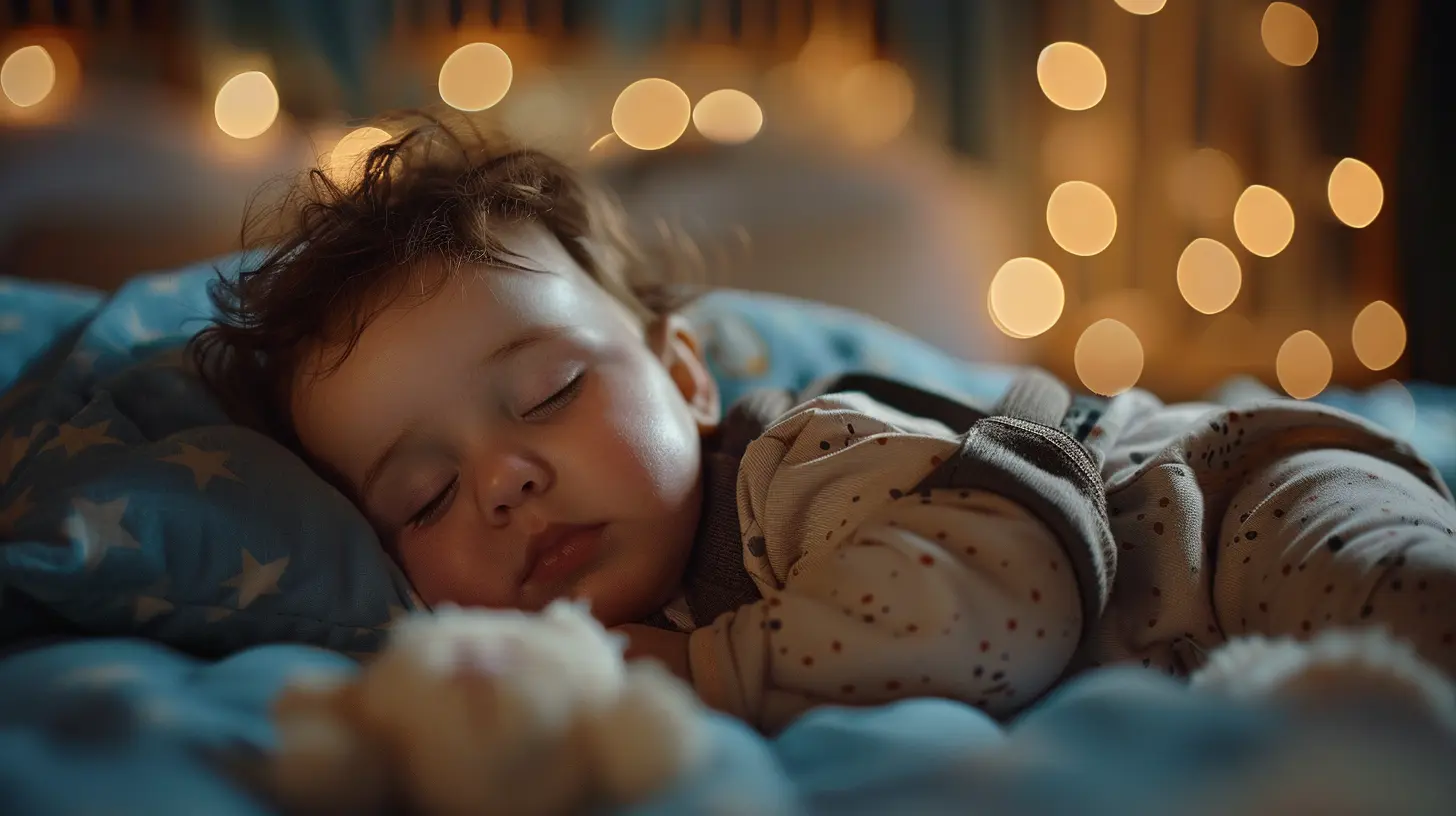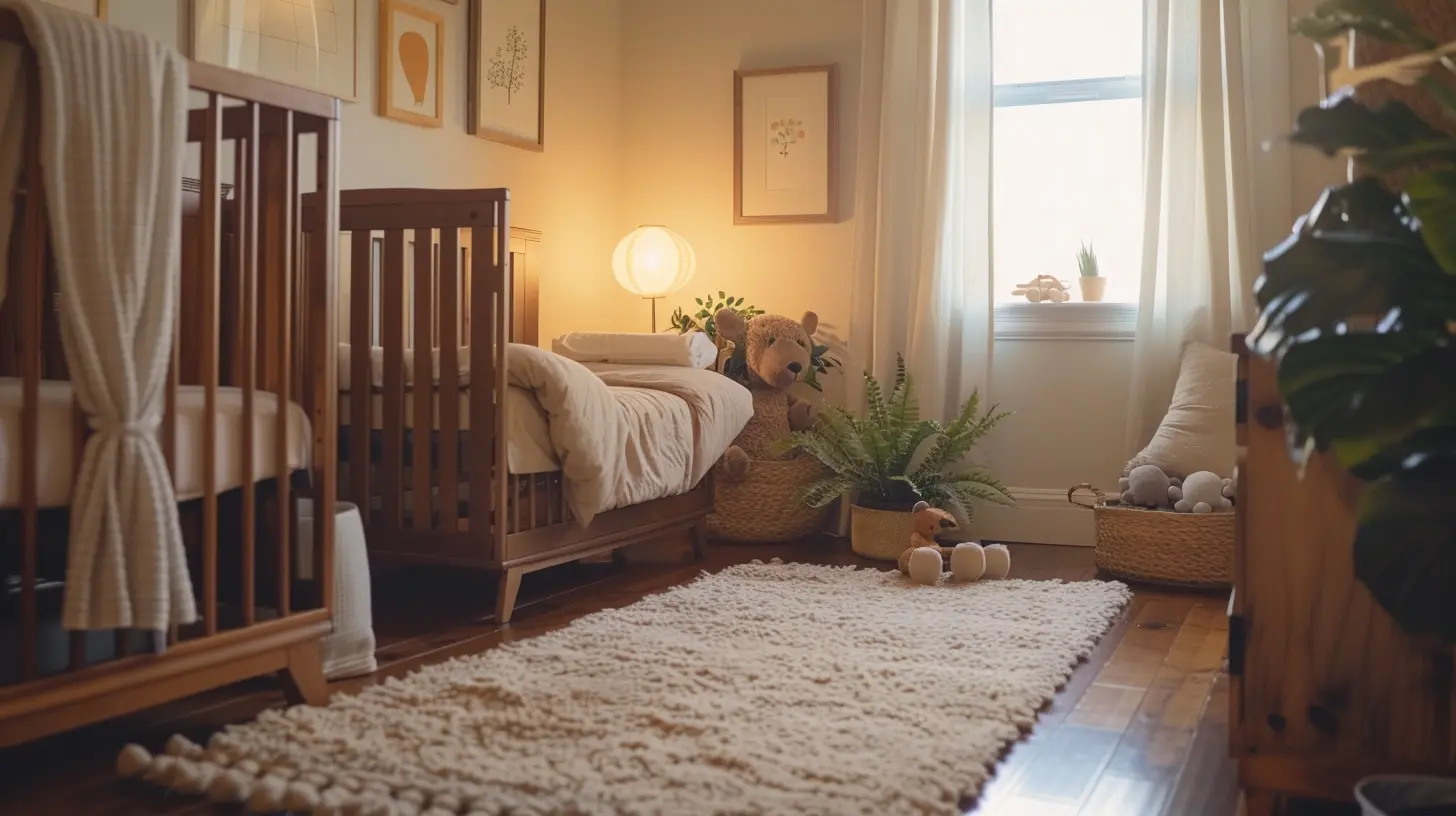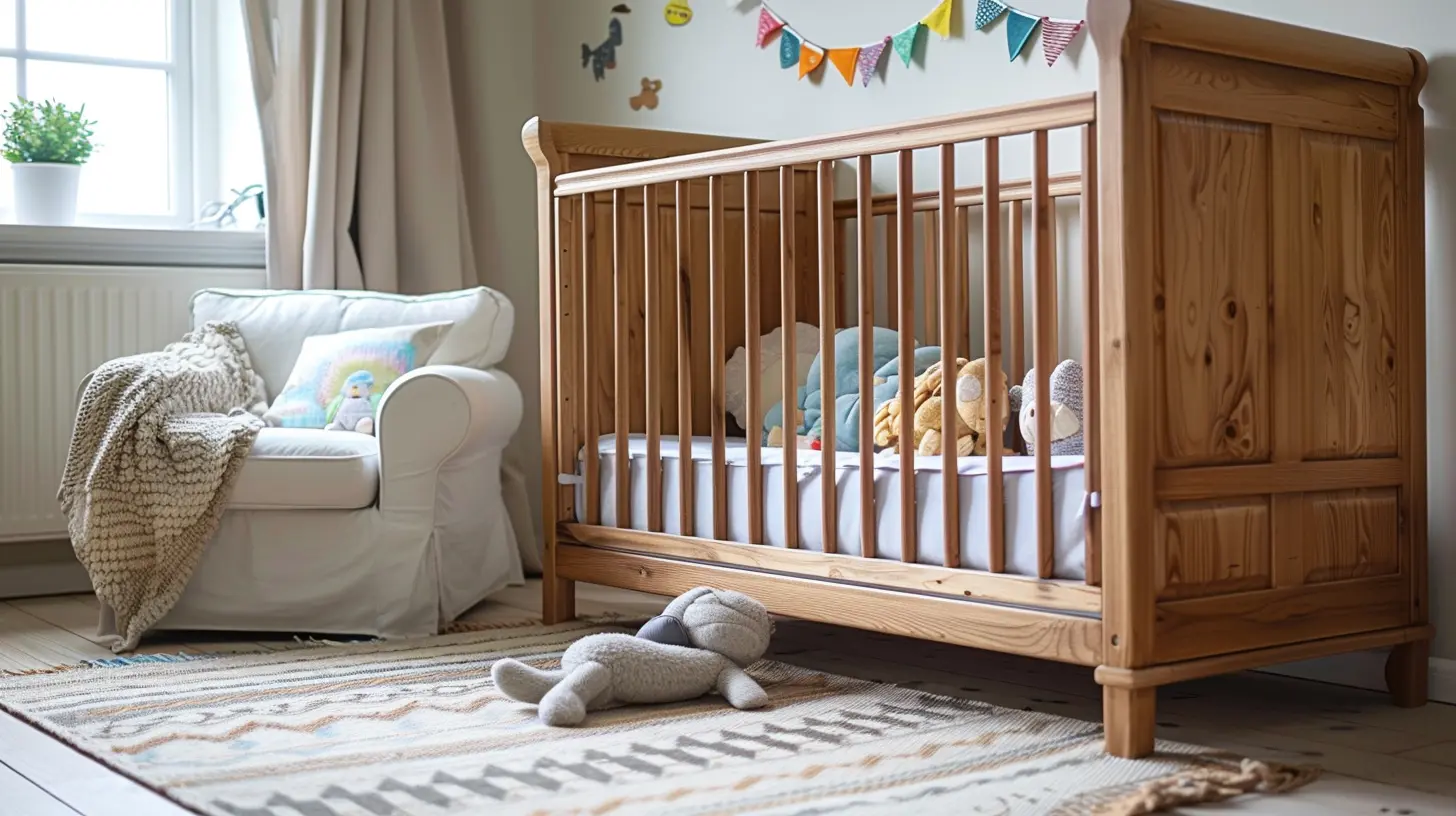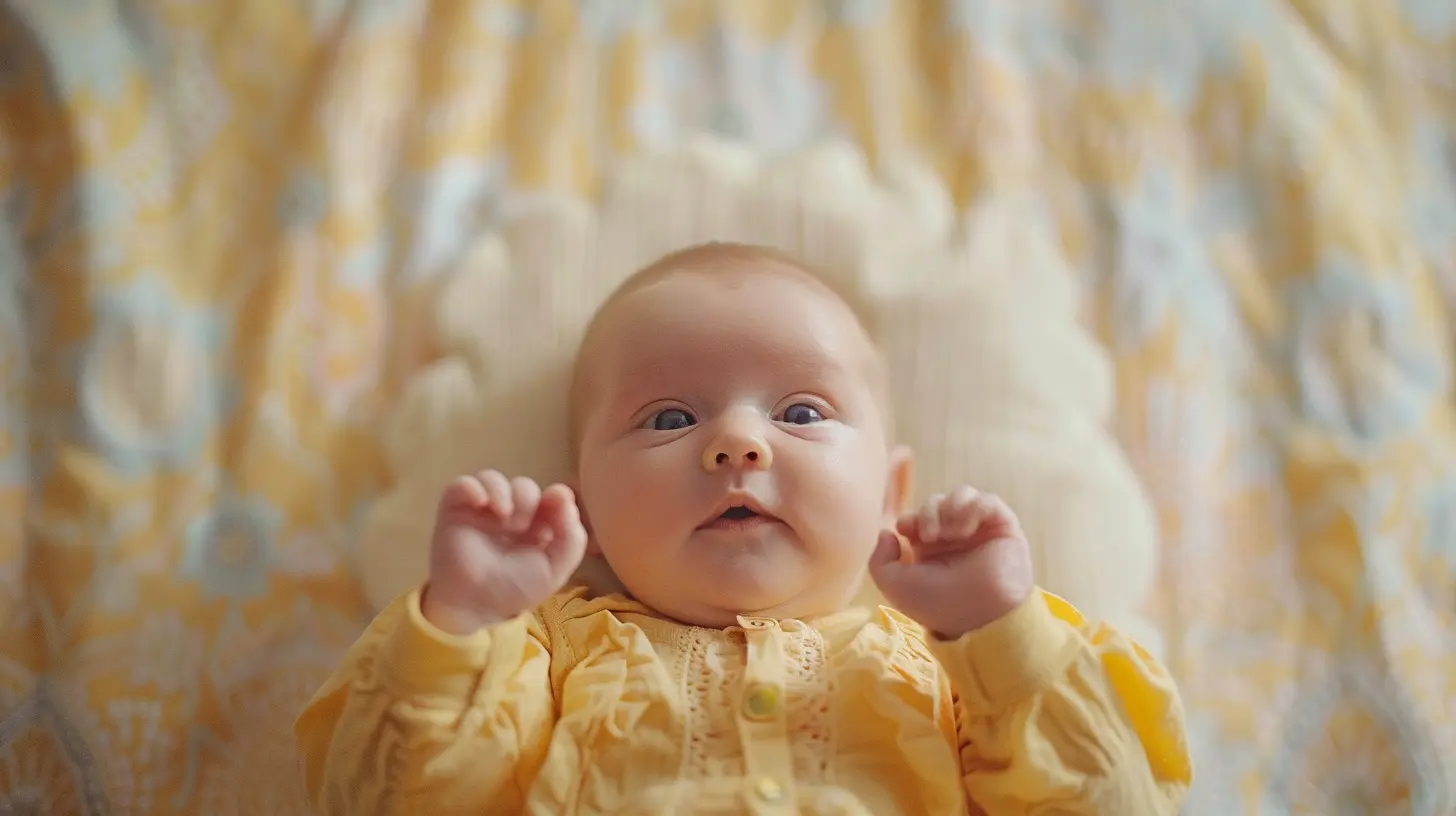Safe Sleep Tips for Babies: What Parents Need to Know
16 October 2025
Bringing home a newborn is like getting the most delicate, high-maintenance alarm clock ever—except this one comes with zero instructions and a lifetime of anxiety. One of the biggest worries for new parents? Sleep safety.
Between well-meaning grandma’s old-school advice and the internet rabbit hole of conflicting information, it’s easy to feel overwhelmed. But don’t worry, I’ve got your back! Let’s talk about safe sleep tips for babies—because you and your little one deserve to rest easy (literally). 
Why Safe Sleep Matters (And No, It’s Not Just a Trend)
Let’s get real for a second—safe sleep is not just another parenting fad. It’s life-saving. According to the American Academy of Pediatrics (AAP), unsafe sleep environments are a major cause of Sudden Infant Death Syndrome (SIDS) and other sleep-related infant deaths.Before you panic, here’s the good news: by following a few simple and evidence-based tips, you can drastically reduce the risk. No guesswork. No nonsense. Just straightforward, science-backed steps to keep your baby safe. 
The ABCs of Safe Sleep (A Literal Lifesaver)
If you remember nothing else from this article (because, let's be honest, you're exhausted), remember this simple rule: ABC—Alone, Back, Crib.A – ALONE
Your baby should always sleep alone—no bumpers, no stuffed animals, no extra blankets, and definitely no co-sleeping with exhausted, drooling parents (I see you).I get it. The idea of snuggling up with your little bundle is tempting. But bed-sharing increases the risk of suffocation. Instead, keep the crib or bassinet close to your bed for easy access during those middle-of-the-night wake-ups.
B – BACK
Put your baby to sleep on their back—not their side, not their tummy, but flat on their back.Why? Because research shows that babies who sleep on their backs have a significantly lower risk of SIDS. Even if your well-meaning aunt claims, “We slept on our stomachs and turned out fine,” that doesn’t mean it’s safe. Science evolves, and so should our parenting methods.
C – CRIB
Cribs are for sleeping—not a storage unit for extra blankets, pillows, or toys.Here’s the deal: a safe crib has a firm mattress, a fitted sheet, and nothing else. No cute, fluffy bumpers. No cozy, thick blankets. Just the bare minimum for maximum safety. 
The Ultimate Safe Sleep Checklist
Because who doesn’t love a good checklist? Let’s break down everything you need to create the safest sleep environment for your baby.✅ Choose the Right Sleep Surface
No couches, no adult beds, no bouncers, no car seats (except for actual car rides). Your baby needs a flat, firm surface like a crib, bassinet, or play yard approved by safety standards.✅ Keep It Cool—but Not Too Cool
Overheating can increase the risk of SIDS. Dress your baby in a snug, breathable sleep sack instead of loose blankets. Keep the room at a comfortable temperature (between 68-72°F or 20-22°C). If you’re sweating, it’s too hot. If you need a parka indoors, it’s too cold.✅ Ditch the Extras
No blankets, pillows, stuffed animals, or bulky sleep positioners. They increase the risk of suffocation—and honestly, your baby won’t even appreciate the aesthetics.✅ Use a Pacifier (Yes, Really!)
Pacifiers are like little sleep superheroes—they’ve been shown to reduce the risk of SIDS! Offer one at nap time and bedtime (but don’t force it if your baby isn’t into it). Bonus: it may also help you survive the dreaded witching hour.✅ Avoid Sleep Positioners and Wedges
Despite their “miracle” claims, sleep positioners and wedges aren’t safe. Your baby doesn’t need them, and they can actually make things more dangerous by increasing the risk of suffocation.
Common Sleep Safety Myths (And Why They’re Wrong)
Let’s bust some outdated, well-intentioned-but-totally-wrong sleep advice.❌ “But My Baby Sleeps Better on Their Tummy!”
Yeah, probably—but it’s not safe. Babies sleep more deeply on their stomachs, which actually increases the risk of SIDS. Stick to back sleeping for at least the first year.❌ “I Use a Pillow for Extra Comfort.”
Nope. Babies don’t need pillows. Their tiny necks and heads are perfectly supported without one, and pillows pose a huge suffocation risk.❌ “I’ll Just Put a Blanket in The Crib When It’s Cold.”
Blankets are a big no-no for babies under 12 months. Instead, use a wearable blanket or sleep sack to keep them warm.❌ “If They Can Roll Over, They Can Sleep However They Want.”
Not exactly. If your baby can roll onto their tummy on their own, you don’t need to flip them back—but always start them on their back.Night Wakings: Why Safe Sleep Still Matters at 2 AM
Let’s be honest—when you’re running on fumes, the idea of just bringing your baby into bed for an easier night is so tempting. But here’s the tough love: the risks of unsafe sleep don’t go away just because you’re exhausted.If you’re feeling overwhelmed, try these instead:
- Room-share, not bed-share – Keep the crib next to your bed for easy access without the risks.
- Use a bedside bassinet – A safe compromise that lets you keep baby close.
- Take shifts – If possible, let your partner or a family member do a shift while you get some real sleep.
Remember: safe sleep is non-negotiable—even when you haven’t slept in what feels like a decade.
When Can You Relax a Bit?
Thankfully, safe sleep guidelines aren’t forever. Around 12 months, the risk of SIDS drops significantly. At this point, you can gradually introduce a small, breathable blanket if needed (but hold off on pillows until they’re at least 2 years old).Until then, stick to the bare-bones sleep setup and trust the process—your baby’s safety is worth it.
Final Thoughts
Parenting is a wild ride, but when it comes to safe sleep, there’s no room for guesswork. Keep it simple, follow the ABC rule, and don’t let outdated advice steer you in the wrong direction.And hey, when you finally get that first full night of sleep? It will feel like a vacation. Stay strong, sleep-deprived warrior—you’ve got this.
all images in this post were generated using AI tools
Category:
Child SafetyAuthor:

Liam Huffman
Discussion
rate this article
1 comments
Charlotte Jordan
Curious about innovative sleep strategies!
November 7, 2025 at 5:31 AM


